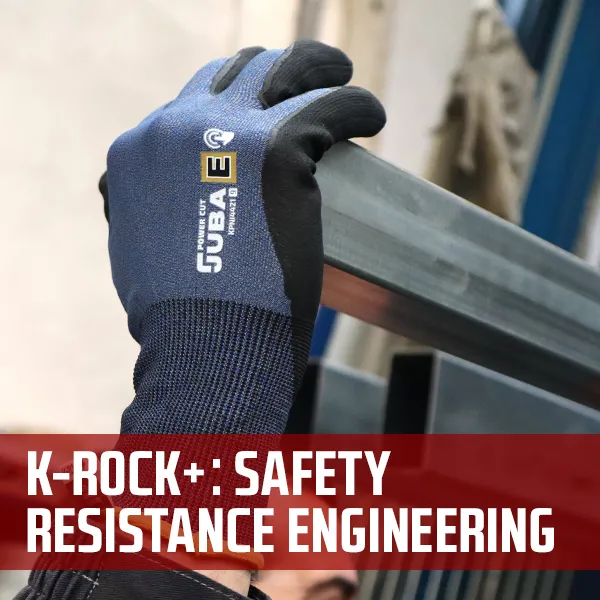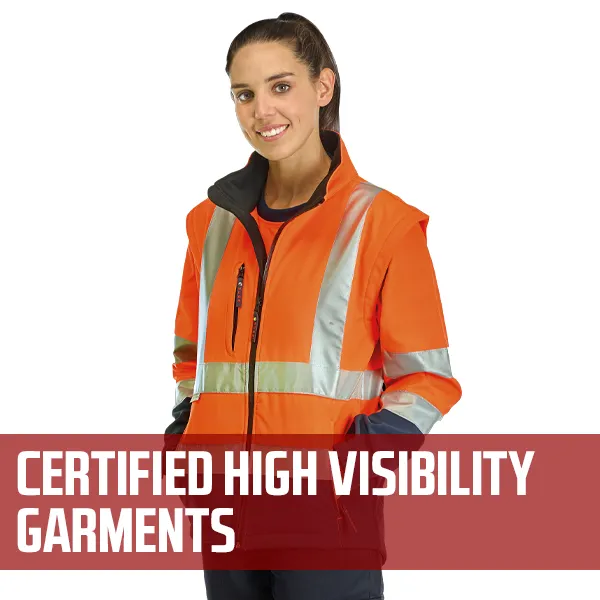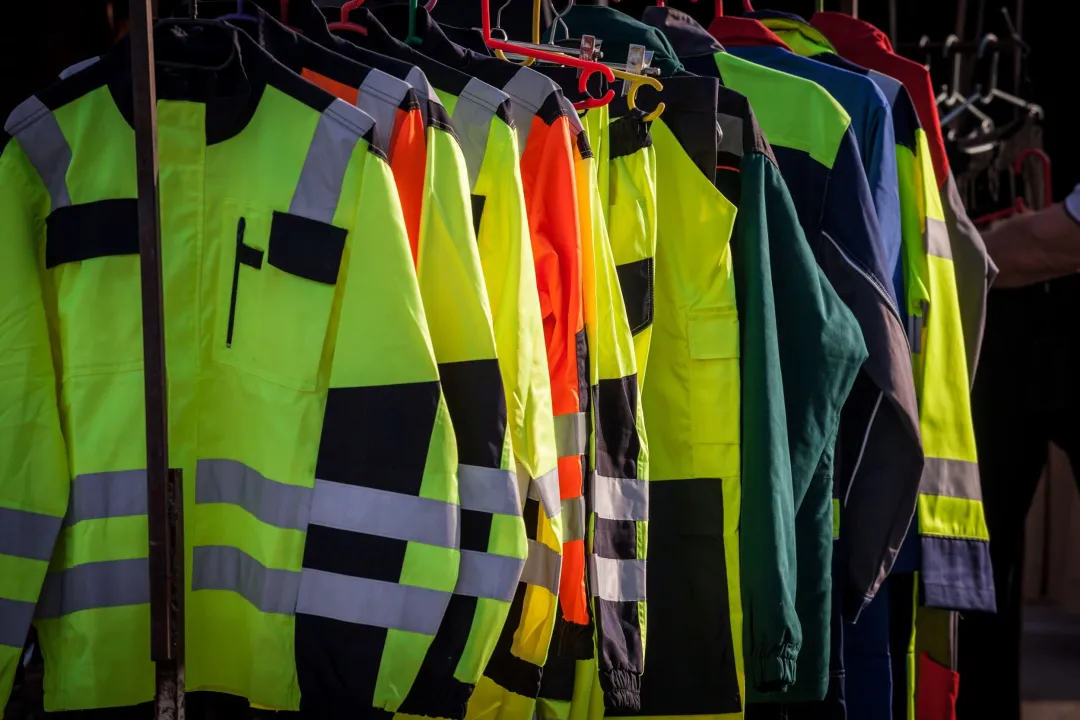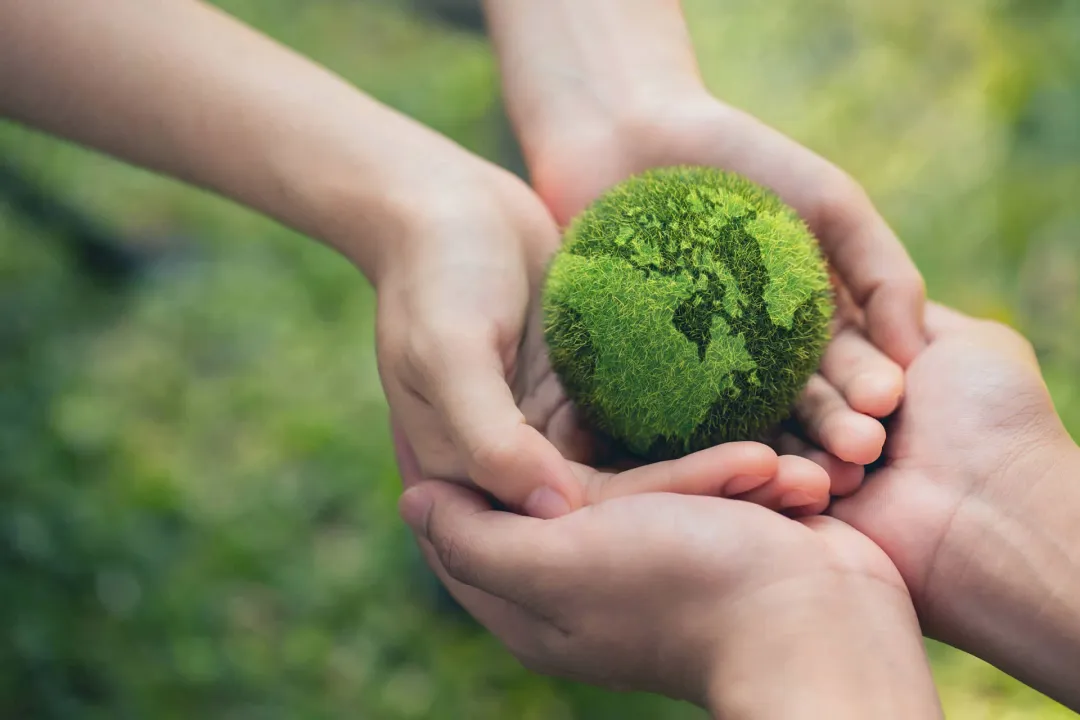Actualidad
Coating guide: PVC
PVC is a polymer obtained from two natural primary materials: sodium chloride and petroleum. Due to its characteristics, this material is widely used in manufacturing work gloves.
Main features:
- Flexible even at -20C (68F)
- High chemical resistance (as long as the glove is manufactured especially for this purpose)
Uses:
- Construction
- Handling equipment and abrasive materials covered in water, oil or grease.
- Plumbing
- Cleaning services
- Public works
Type of finishes:
1. HPT Finish
HPT technology (Hydropellent Technology™) repels liquids effectively in moderate situations. It also offers good flexibility, touch and comfort for handling tools and objects.
Example: 5130 HCW ICE BLUE. Nylon® seamless gloves with terry-loop lining and PVC coating on the palm and half-back of the hand with HPT treatment.
2. Double coating with Coral finish
An initial watertight layer followed by a second layer with a porous coating make the glove very flexible and give it good grip in dry, wet and oily environments.
Example: 5735 CORAL GREEN. PVC-coated glove with porous Coral® finish and double coated sleeve.
3.Grainy Finish
PVC-coated work gloves with maximum grip for special jobs: chemical or fishing industries, refineries, working with tanks or in contact with water or liquids.
Example: 227 CRBI JUBA. PVC glove with cotton support, one grainy layer, 27 cm long.
4.Criss-cross Finish
Criss-cross PVC coating gives better grip on both sides. Comfortable and easy to wear
Example: HDM7C JUBA. Polyester/acrylic seamless work glove with PVC coating on both sides.
5. Smooth finish: PVC glove with interlock cotton support that gives comfort even at low temperatures.
Example: 235. With Actifresh® treatment that blocks unpleasant odours and wipes out bacteria caused by sweat plus Sanitized® treatment to prevent skin irritation.
Phthalate-free.
6.Palm dot finish
Better grip and abrasion resistance thanks to its PVC dot finish.
Example: 5080 JUBA. Seamless Nylon® glove with PVC dots on palm




